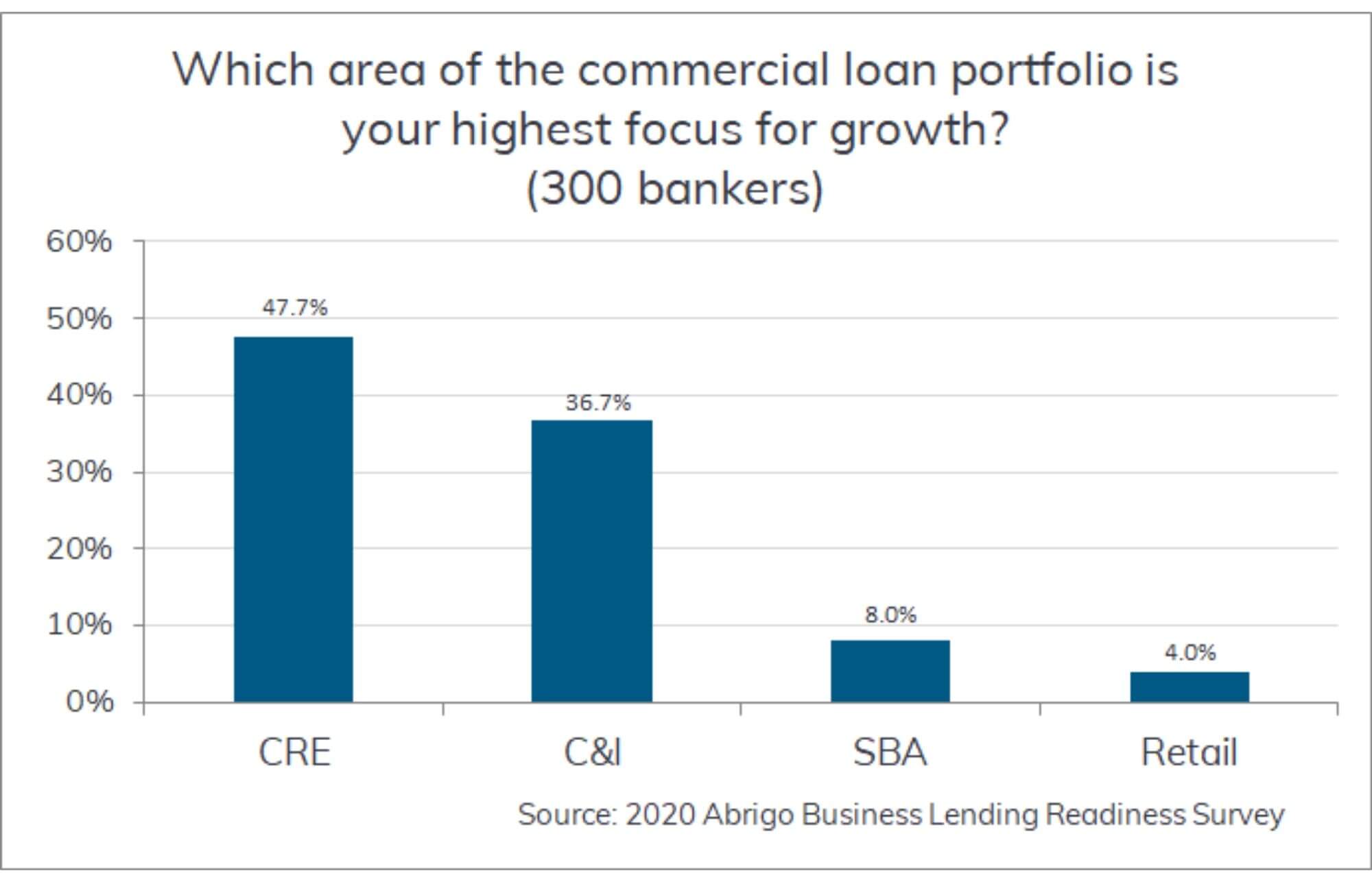The Mortgage Bankers Association (MBA) forecasts commercial and multifamily mortgage bankers will close $683 billion in CRE loans backed by income-producing properties this year, up 9%, after what preliminary figures estimate was a 13% increase in borrowing volume in 2019. MBA Vice President for CRE Research Jamie Woodwell said in a news release that low interest rates gave CRE markets a boost last year. “In addition to making mortgage borrowing less expensive, lower yields on a broad array of investment options are buoying the values of industrial, apartment, office, retail, and other income-producing properties. This increase in property values is expected to translate into increased sales transactions and demand for mortgage debt in 2020."
According to various real estate experts, areas of CRE expected to present growth opportunities in 2020 include multifamily, data centers, physician offices, and flexible office space.
"While investors are increasingly cautious and focused on an investment's potential for downturn protection, investment capital remains abundant. With global bond yields expected to remain extremely low and equity markets likely weaker and more volatile, the stable, solid returns of U.S. commercial real estate will be even more attractive," CBRE said in its report.
Changes during 2019 to the dollar volume of loans originated broke down by property type as follows, based on MBA’s preliminary estimates:
- Multifamily: up 8%
- Office: up 23%
- Industrial: up 50%
- Retail: down 6%
- Hotel: down 19%
- Health care: up 92%
Among investor types, commercial banks, which hold the most outstanding CRE mortgage debt, increased the dollar volume of originations by 20%, while loans for commercial mortgage-backed securities increased 24%, the MBA said. Loans for life insurance companies increased 5%, and government-sponsored entity (GSE) originations fell 1%.
CRE loan growth at community banks has been outpacing noncommunity banks, both in the quarter and over the last year, according to the FDIC’s latest Quarterly Banking Profile.








